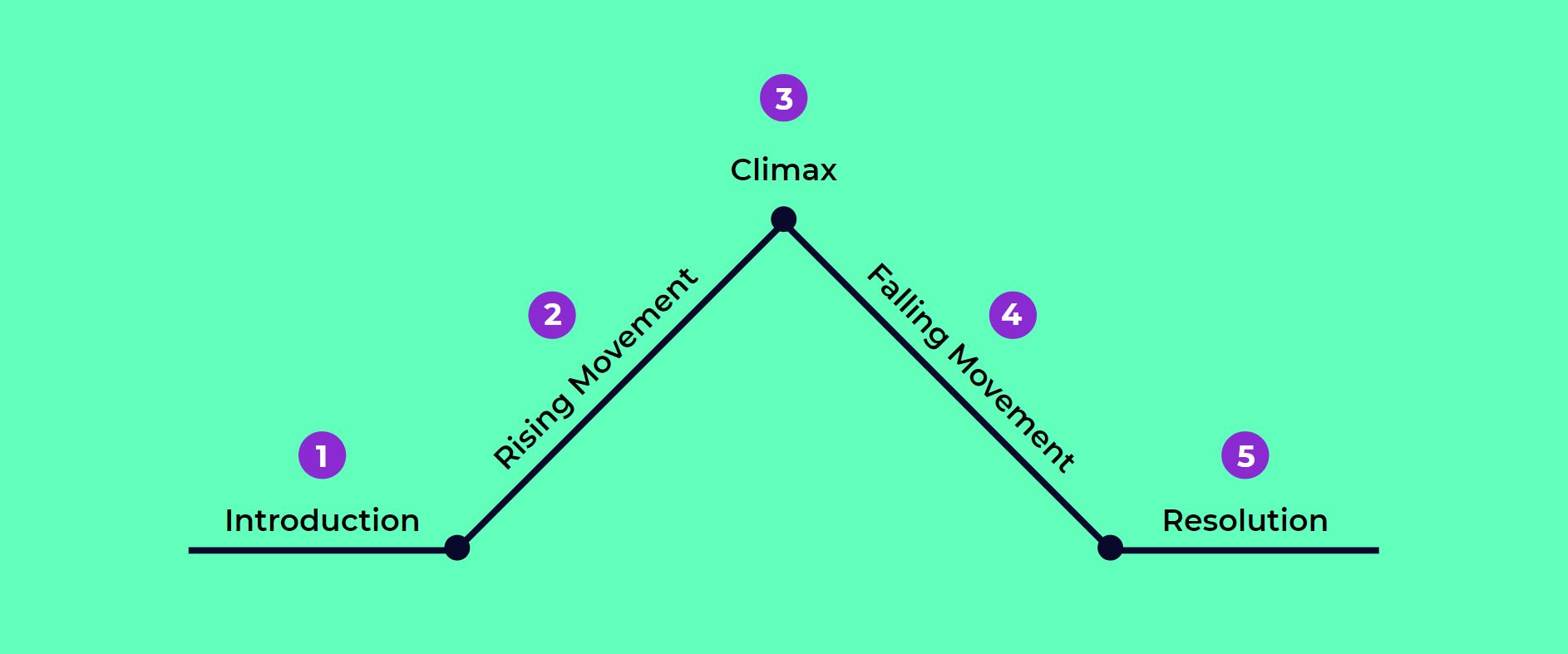
02 Apr How to make your product stories resonate
5 key elements every story should have
What is your favorite kind of story? Fairy Tales? Jokes? Campfire stories? Comics? Well, whatever it is, all of them have a few things in common that make them great stories. They are short, pictorial, human and take you on a journey with the hero of the story. When you want your audience to believe in your product idea, you need to tell a great story that resonates. As Product Manager, you should consider yourself as the storyteller of your product. It is crucial to convince your audience about your product idea. You can do that by exposing them to two worlds: one, representing status-quo and one new world, unlocked by your idea.
“Storytelling is the most powerful way to put ideas into the world.”
– ROBERT MCKEE –
An incredible, yet strong story about the power to make others believe in your idea is the one about Elizabeth Holmes she had the idea to conduct blood tests in a small machine affordable for private households in the US and built up a company valued at $9bn. Only after years it turned out that everything was fake. Therefore, this is not a good example in terms of ethical behavior, it is though regarding powerful storytelling.
// THE HERO OF YOUR STORY
Each great story has a hero at the core. The sole hero of your product story should be your customer. By making your customer the hero of your story, he is in the center of reasoning for shipping your product. This will avoid building features simply out of revenue reasons, due to stakeholder opinions, competitor actions or management decisions. There are many methodologies out there on how to create a good story for your product.
For simplicity reasons, I recommend Freytag´s Pyramid which is one of the oldest dramatic structures. It has been developed by Gustav Freytag in the mid 19th century. Until today it´s been used by novelists as well as the greatest movie producers of our times, like Pixar, to develop compelling stories.
Freytag´s Pyramid follows a simple 5 step approach:
// THE POWER OF MOMENTS
Remember that we want the audience to embark on the adventure of moving from today’s ordinary world to a future world that is only possible through that idea. Throughout this journey, the main character, our customer, will experience many different moments. Create one key moment for each step in the journey that your customer goes through. Those moments are key elements when solving the customer problem. Later, they can be transferred into product features. Hence, each of those identified moments can be an opportunity to create a “wow” experience for your user. It is also your opportunity to make your user the hero of your story.
Back to Freytag´s Pyramid, translated into our product story that means:
We have our customer in his current setup (introduction) who faces a problem (rising moment) for which there is a solution available (climax) that brings him into a new world (falling action) with new possibilities and the absence of the initial problem (resolution). A fantastic example of compelling product storytelling is the “Land of Land Rovers”. It is an emotional, vivid and magnetic story about how Land Rovers change the lives of people in Nepal. Let’s see how Land Rover managed to take us onto the adventure with the Nepalese who move from an ordinary world into a new world with their cars.
Introducing the current state of the character relates to the “Once upon a time” moment in which the present world is described. Explain the scene, environment or situation your customer is facing. Let the audience empathize with this situation. Make sure they can think themselves into this scene and are able to relate to it, at least to a certain extent. In our Land Rover example, we are introduced to several characters whose origin lies in the Nepalese mountains. Those people tell the audience about the rough conditions they live in and take them into their everyday struggles.
The rising moment describes the customer´s aspiration to aim at a goal that he cannot achieve. These are your customers´ problems which need to be conquered. Pick up their pain points, struggles, and emotions that come with it. Try to find out what is in the way of reaching the aspired goal? In “The Land of Land Rovers” the audience gets an impression of what it means to move around in the mountains. Visually stunning and emotionally packed, one can empathize with the pain points of the villagers, but also with their aspirations of freedom and flexibility. Moving around easily in the mountains is essential for their survival.
The climax is the turning point. Freytag calls the climax also the “reflection point”. Here decides whether things will go well and turn into good or whether they tragically fall apart. In a product story, it is the point when the solution to the problem is introduced. The solution to the problem will turn the situation of your customers around. The falling action of your product story eventually brings the customer into the new world which is free of the initial problem due to the realization of your idea. In the video, the drivers take you up the mountains on steep, bumpy roads and explain which benefits their Land Rovers bring to them: “To drive a Land Rover you need a bit of courage, and you must be very confident […], but you can get anywhere you want.“ Their world with Land Rovers is described as well as the emotions that come with it: “[Driving a Land Rover] makes me very strong.”
The last step, resolution, relates to “the moral of the story” and the “they happily lived ever after” moments of a story. It describes the situation of your character when everything is over. This is the time to communicate the results of your idea. Make clear how your customer succeeded in the story: what has changed compared to the beginning? Eventually, this is the reason why your audience should believe in your product idea. Therefore, ensure you really make it resonate, and do not forget to put your hero in the center. The Nepalese villagers are set in scene as heroes of their own everyday life and conquerors of the mountains due to the freedom that driving a Land Rover provides them. The product value is made absolutely clear and comprehensible for the audience. They describe “the magnificent view of the Himalayas” that they can enjoy now, the “spiritual and calming” feeling that it brings to them, and state the importance of that vehicle to the community. This is what your product story is all about eventually: driving emotions, embarking into an adventure and empathize with it’s hero.
// EVANGELIZE YOUR PRODUCT STORY
Great stories can live forever. The reason being is that people tell stories to each other and pass them on over generations. As a good product storyteller pass on yours throughout the organization. Make people hear it. Break down silos of collaboration by connecting teams with a story that brings them together. Your product story is a great vehicle to transport the importance of building your product. Valuable products are only delivered when everyone understands what it´s good for. Your product story does exactly that.
More food for thought?
